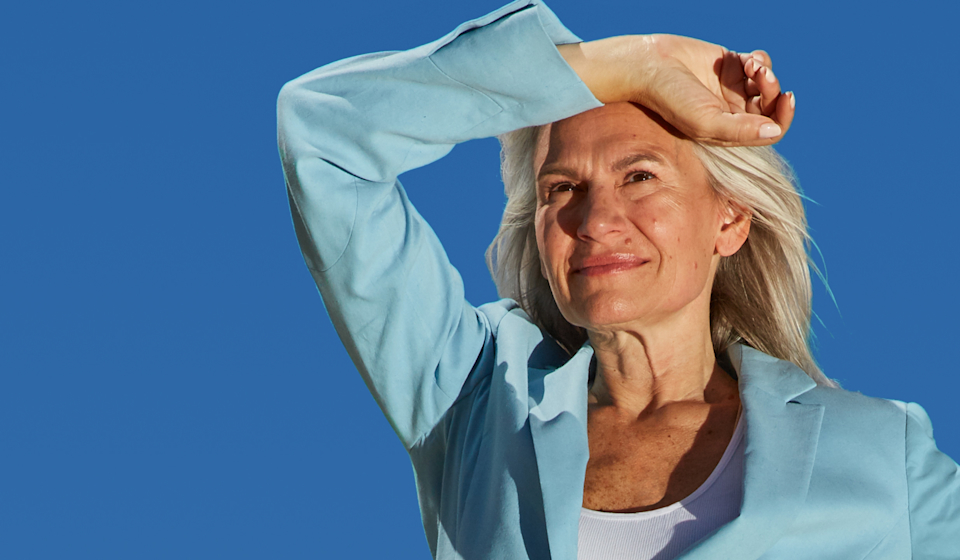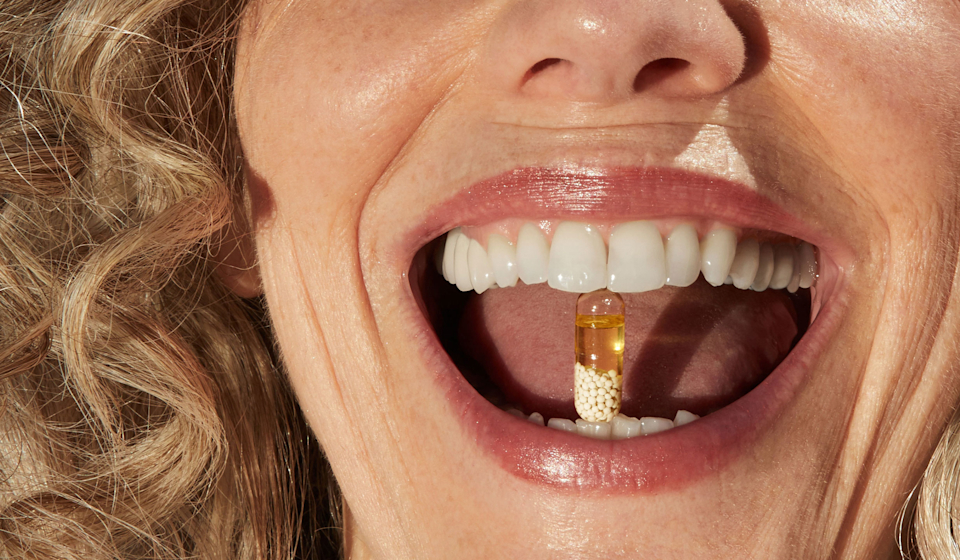We get it, iron—you’re kind of a big deal. While this essential nutrient does a lot of heavy-lifting in the body, it’s most important role might be supporting blood health. To get specific, iron is present in hemoglobin, a protein found in blood. It also helps support red blood cell formation and normal energy-yielding metabolism. Kind of a high-profile job, right?*
Making sure you’re meeting your iron needs is important throughout your life. But when you’re menstruating, that monthly blood loss means that you need to take extra care. That’s why we recommend supplementing with iron before menopause, and why we include iron in both our Essential for Women multivitamin and Essential Prenatal. (Iron needs increase when you’re pregnant.)*
Why iron needs decrease after menopause
This all changes after menopause—the daily recommended intake goes from 18 mg to 8 mg. That means it’s a lot easier to meet iron needs through diet alone—most women over 50 get more than 8 mg of iron per day through the foods they eat.*







